home |
avr microcontroller & DIY electronics |
toolbox |
science club |
tuxtalk |
photos |
e-cards |
Online-Shop

no preservatives added blog |
computer and graphics corner |
herbal treasure chest |
splash into math |
stardust |
periodic table
buttercup (ranunculus)
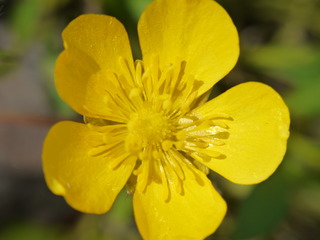
how to grow:
Buttercups (ranunculus) just arrived in our garden by themselves and I was very happy when I discovered them. After all buttercups are another cherished plant from my childhood. They can often be found growing in meadows. Here in Montreal buttercups bloom from the end of May to the middle of July, then they disappear just to shoot out of the ground again the next year. Growing this perennial plant by seed is difficult, usually gardeners grow buttercups by root division.
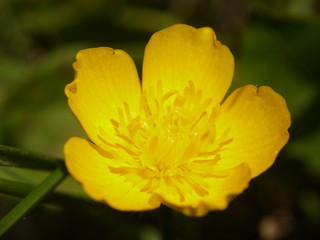
medicinal properties:
Buttercups are very beautiful plants but are not really used medicinally. In fact the plant is even poisonous and its acrid juice can cause blistering to the skin. However it is said that native groups in Canada actually used them as topical poultices for cuts, boils and other skin sores as well as for treating colds and muscle aches, gout or arthritis. A tincture made of the spirits of wine was used as a cure for shingles (6-8 drops given 3-4 times daily). For warts the plant was also applied directly. It is said that protoanemonin is an important compound of buttercups but it seems that there is not much research done as of yet.
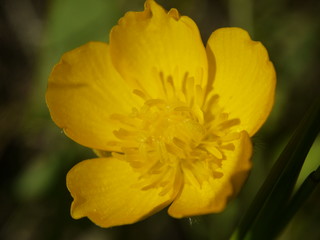
cautions and possible side effects:
- The plant is poisonous and its juice can cause blisters or burns on the skin that are difficult to heal. Taken internally symptoms of poisoning include bloody diarrhea, colic, severe blistering of the mouth and others. Buttercup can even be poisonous for animals when eaten.
- The plant may be a bit safer when dried but you should still be cautious and definitively avoid buttercup when you are pregnant or breastfeeding.
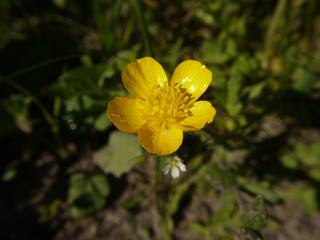
further reading:
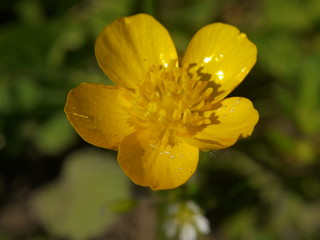
Copyright © 2004-2025 Katja Socher, tuxgraphics.org






